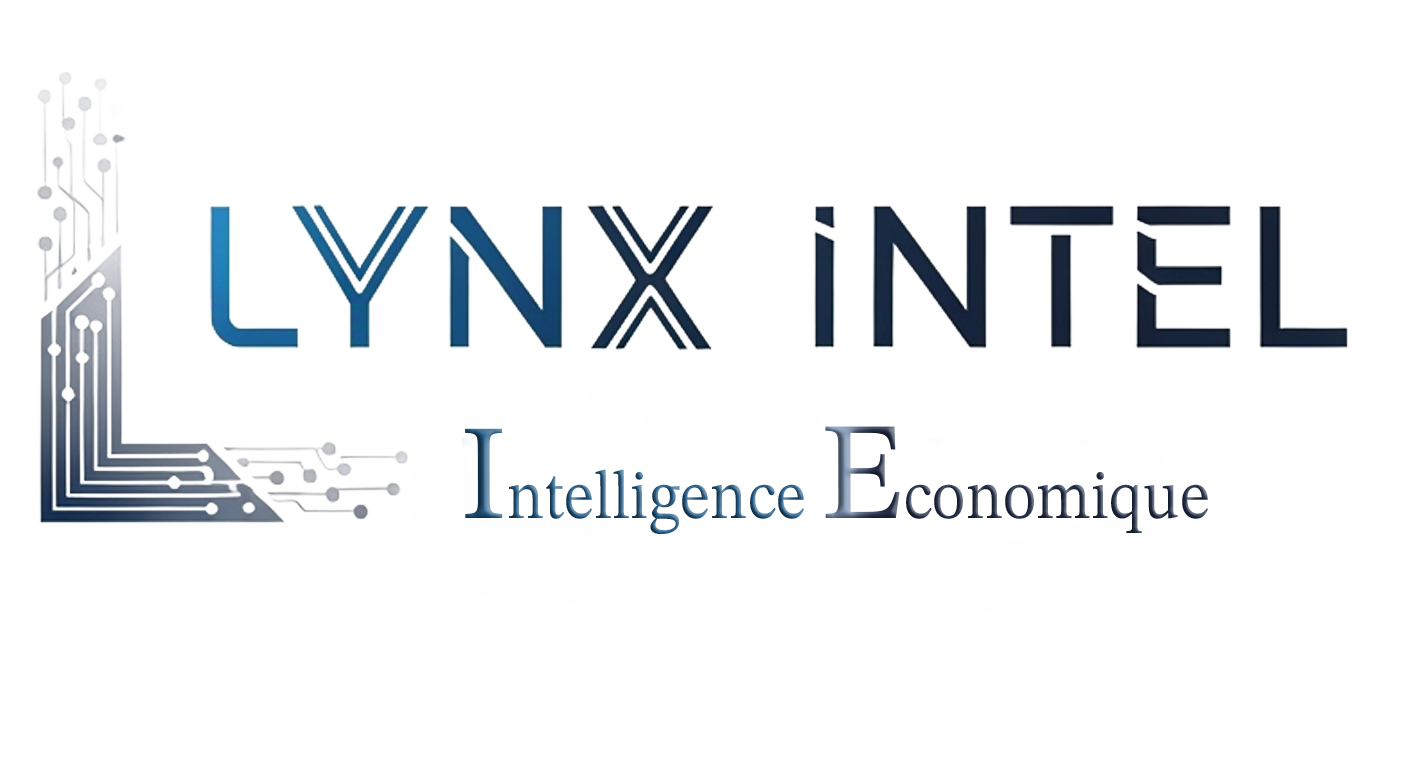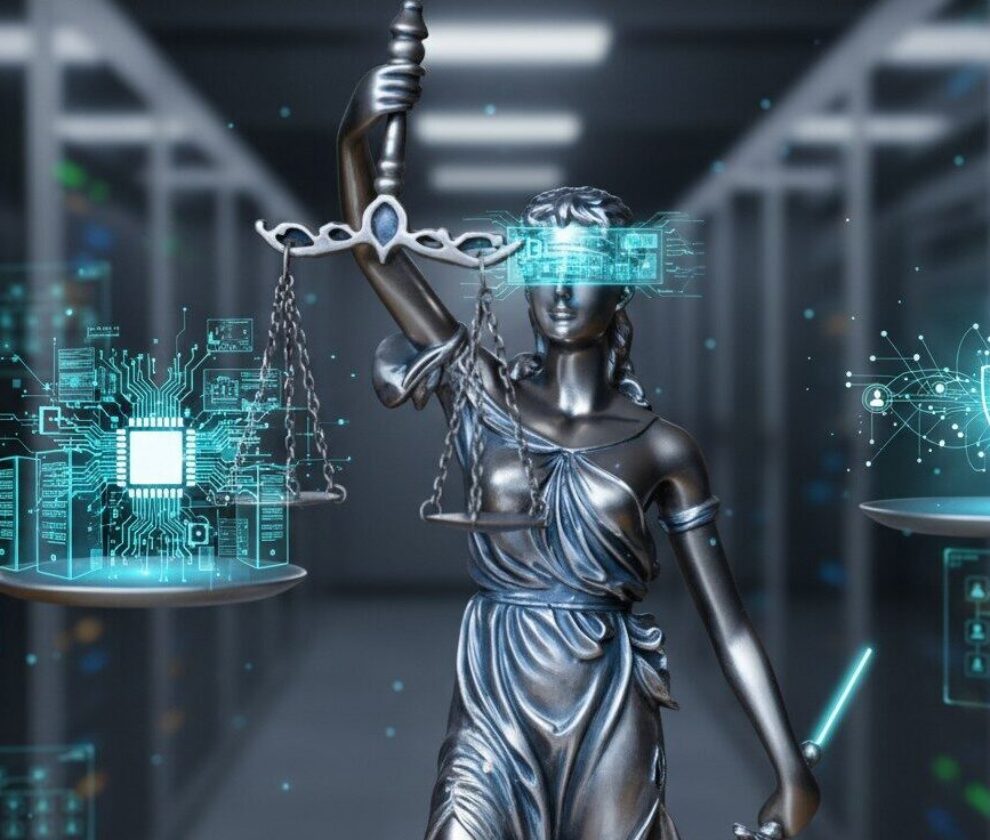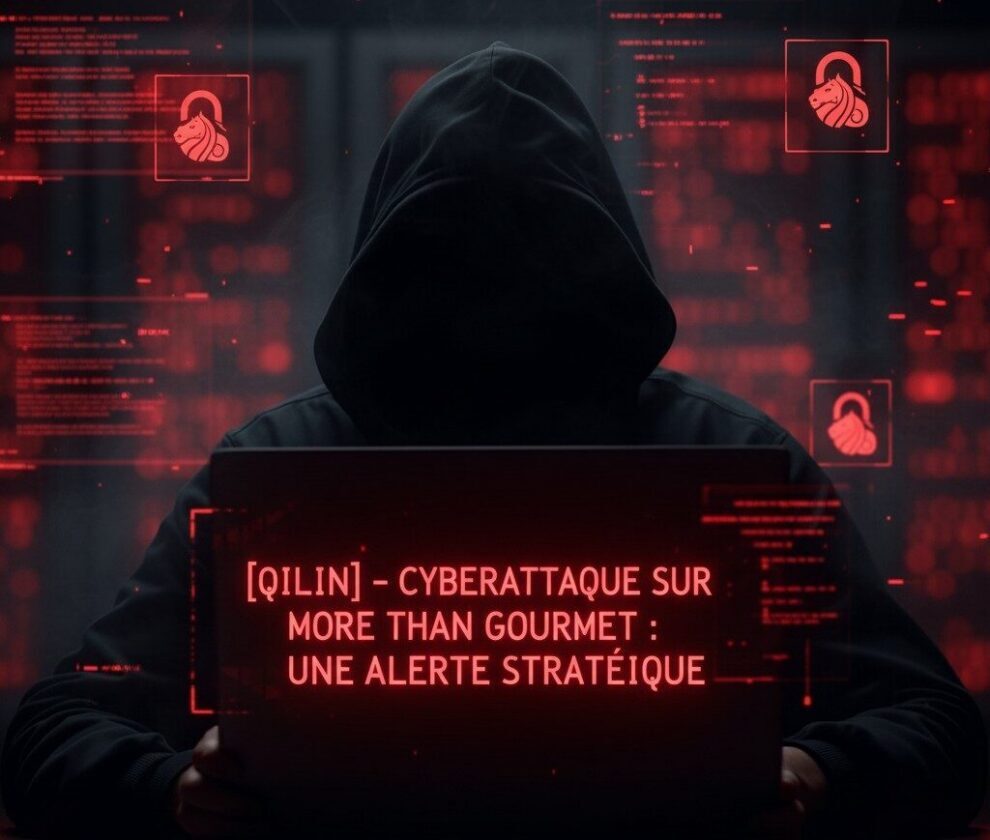In an age where cyber threats are escalating, ransomware attacks have emerged as one of the most debilitating challenges for organizations. Among the most vulnerable sectors are educational institutions, including recent victims like Killingly Public Schools. These attacks, with the power to paralyze entire systems, raise significant concerns about data security and the ripple effects they have on school communities.
What is a Ransomware Attack?
Ransomware is a type of malicious software designed to lock or encrypt a system’s data. Once the attack is successful, victims are unable to access their systems unless they pay a ransom to the attackers. These attacks frequently exploit vulnerabilities, such as outdated software or weak security protocols, to infiltrate systems.
In the case of Killingly Public Schools, limited details have been disclosed regarding the ransom amount or the specific data compromised. However, this incident underscores a worrying trend within the educational sector.
Why Are Schools Targeted?
K-12 educational institutions, especially public schools, have become prime targets for cybercriminals. Here are some reasons why:
- Sensitive Data: Schools store extensive personal information about students, teachers, and even parents. This includes addresses, academic records, and financial data.
- Limited Resources: Many schools operate on tight budgets, leaving little room to invest in robust cybersecurity infrastructure or expert IT personnel.
- Disruptive Impact: Ransomware attacks can significantly disrupt daily operations, including suspending classes and blocking access to critical administrative tools.
These factors make schools appealing targets for cybercriminals, as demonstrated by the case of Killingly Public Schools.
Consequences of Ransomware Attacks on Schools
Ransomware attacks can have a cascade of damaging effects, including:
1. Financial Strain
Ransom demands can range from thousands to millions of dollars. Beyond the ransom, schools face additional costs for recovering systems, upgrading security, and managing the crisis.
2. Data Loss
If data is encrypted or stolen, sensitive information like student records or financial documents might be compromised, leading to legal and ethical dilemmas.
3. Academic Disruption
The operations of a school may come to a halt, delaying learning processes, and adding stress for both staff and students.
How Schools Can Protect Against Ransomware
Reducing the risks of ransomware attacks requires a strategic approach. Educational institutions should consider the following defenses:
- Frequent System Updates: Ensure all software is up-to-date to close potential security gaps.
- Cybersecurity Training: Educate staff and students on recognizing and handling phishing attempts or other cyber threats.
- Data Backups: Regularly back up critical data and store it offline to reduce recovery times.
- Routine Security Audits: Identify and fix vulnerabilities before they can be exploited.
Investing in these measures is paramount to enhance resilience against a growing wave of cyberattacks targeting schools.
How Killingly Public Schools Managed the Crisis
The incident involving Killingly Public Schools is a reminder of the importance of preparedness for such scenarios. Although specifics about their response remain unclear, this case highlights the need for schools to have robust crisis management plans.
Proactive communication with stakeholders, collaborations with cybersecurity experts, and partnerships with local authorities can help mitigate the consequences of similar incidents in the future.
The Role of Public Policies in Combating Ransomware
Governments and educational boards have a crucial role in bolstering the cybersecurity defenses of schools. Here are some key areas for action:
1. Increased Funding
Allocating additional financial resources will allow schools to invest in cutting-edge security solutions.
2. Standardized Cybersecurity Protocols
The establishment of uniform security standards can ensure consistency and adherence across schools.
3. Encouraging Public-Private Collaborations
Partnerships with technology companies can drive the development of innovative solutions tailored to the unique needs of the educational sector.
Conclusion
Ransomware attacks, such as the one targeting Killingly Public Schools, spotlight the vulnerabilities of educational systems in the face of rising cybercrime. To combat these threats, schools must prioritize prevention through improved defenses, comprehensive planning, and active collaboration with cybersecurity professionals.
At Lynx Intel, we specialize in providing strategic consulting and security audits tailored for educational institutions. Our mission is to help your organization safeguard its systems, protect its valuable data, and build resilience against future cyber threats. Don’t wait until it’s too late—secure your school’s digital foundation today.


